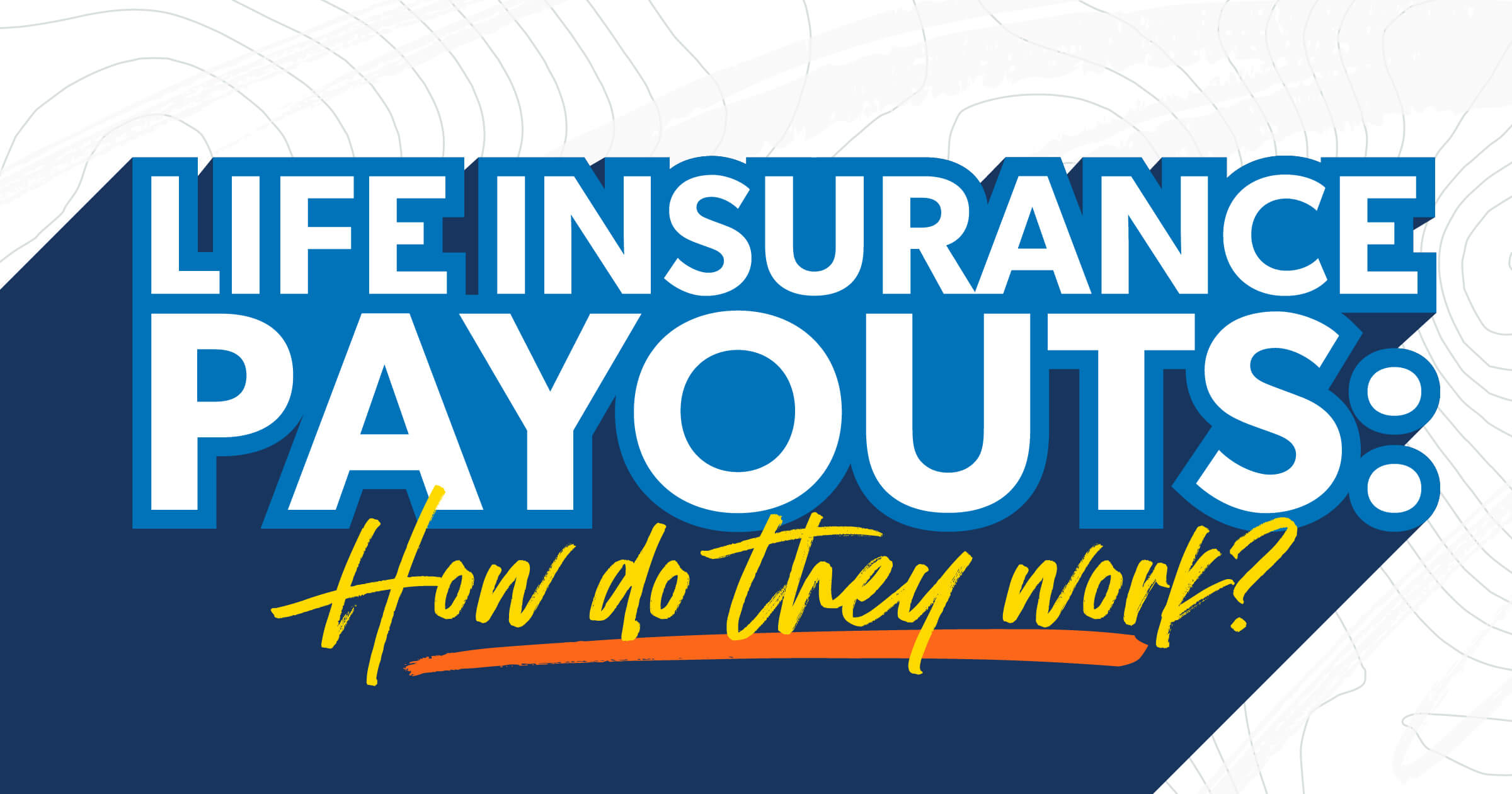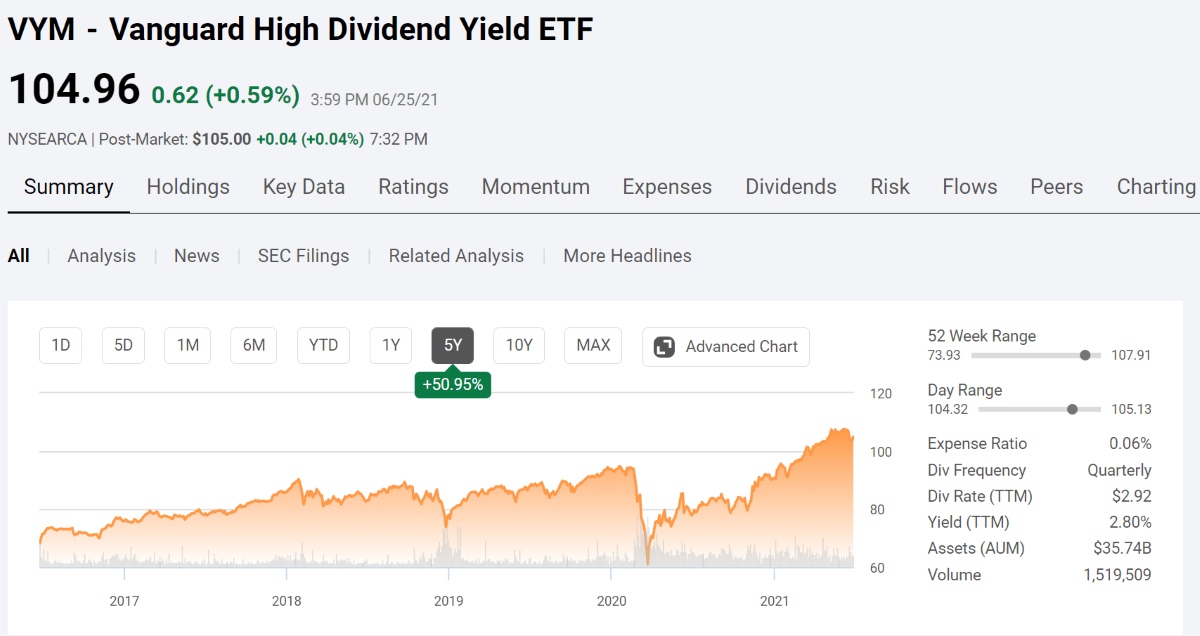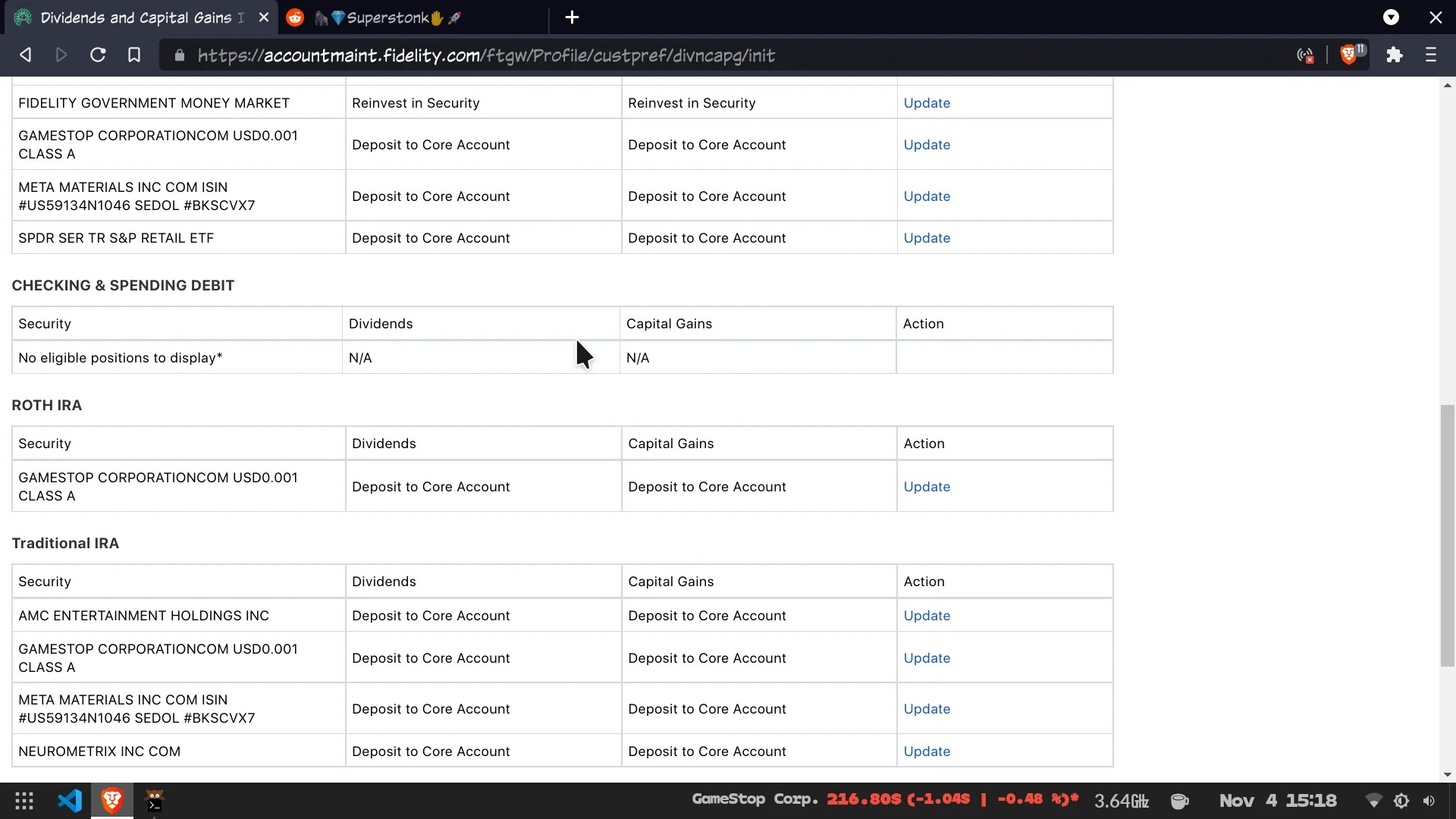Home>Finance>How Long Does It Take For A Doctor To Pay Off Student Loans


Finance
How Long Does It Take For A Doctor To Pay Off Student Loans
Published: January 19, 2024
Discover how long it takes for doctors to pay off their student loans and gain financial freedom. Explore the world of finance in the medical field.
(Many of the links in this article redirect to a specific reviewed product. Your purchase of these products through affiliate links helps to generate commission for LiveWell, at no extra cost. Learn more)
Table of Contents
Introduction
Student loans have become a significant burden for many individuals pursuing higher education, and the medical field is no exception. The path to becoming a doctor is arduous, requiring years of rigorous study and training. However, along with the prestige and earning potential comes a hefty price tag in the form of student loans.
For aspiring doctors, the question of how long it takes to pay off student loans is a pressing concern. The duration of loan repayment varies depending on several factors, such as the amount of debt incurred, interest rates, income level, and repayment strategies employed. Understanding these factors can help medical professionals make informed decisions about managing their student loan debt wisely.
In this article, we will explore the various factors that affect how long it takes for doctors to pay off their student loans. We will delve into the average debt for medical school graduates, repayment options available, how income influences loan repayment, strategies for accelerating loan payoff, and loan forgiveness programs designed specifically for doctors.
Acknowledging the challenges faced by doctors in paying off their student loans, this article aims to provide valuable insights and tips for managing this financial burden effectively.
Factors Affecting Loan Payoff Time for Doctors
Several factors come into play when determining the time it takes for doctors to pay off their student loans. These factors can greatly impact the repayment journey and should be taken into consideration when creating a loan repayment plan. Let’s explore some of the key factors:
- Loan Amount: The total amount borrowed plays a significant role in determining the payback period. Doctors typically accumulate substantial debt due to the cost of medical school tuition, living expenses, and other educational expenses.
- Interest Rates: The interest rate on the loan directly affects the total repayment amount. Higher interest rates result in more significant interest charges over time, potentially prolonging the repayment period.
- Repayment Plan: Choosing the right repayment plan can impact the time it takes to pay off student loans. Doctors have various options, such as the standard 10-year plan, income-driven repayment plans, or refinancing options.
- Income: Doctors often have higher earning potential compared to professionals in other fields. A higher income can facilitate faster loan repayment, allowing doctors to allocate more funds towards their student loans.
- Expenses: The cost of living and other financial obligations can impact a doctor’s ability to repay student loans. High expenses, such as mortgage payments or child care costs, may require doctors to allocate a larger portion of their income towards these obligations, potentially extending the loan repayment timeline.
- Loan Forgiveness Programs: Certain loan forgiveness programs are available specifically for medical professionals. These programs may reduce the overall loan balance or provide loan forgiveness after a set period of service in underserved areas or public service positions.
Considering these factors, it is crucial for doctors to evaluate their specific circumstances and create a personalized plan for paying off their student loans. By understanding how these factors impact loan repayment, doctors can navigate their debt more effectively and potentially reduce the time it takes to become debt-free.
Average Debt for Medical School Graduates
When it comes to pursuing a career in medicine, the cost of education can be significant. Medical school tuition, fees, and living expenses can quickly add up, resulting in substantial student loan debt for aspiring doctors. Understanding the average debt for medical school graduates is crucial for assessing the financial landscape these professionals face after completing their education.
According to the Association of American Medical Colleges (AAMC), the average debt for medical school graduates in 2020 was around $200,000. This staggering figure has been steadily increasing over the years, reflecting the rising cost of medical education. However, it’s important to note that this figure can vary based on the specific medical school attended and individual circumstances.
The high levels of debt incurred by medical school graduates can significantly impact their financial futures. The repayment of such a large sum of money requires careful financial planning and consideration of repayment options.
Fortunately, there are several programs and resources available to help doctors manage their student loan debt. Income-driven repayment plans, loan forgiveness programs, and refinancing options can all provide some relief and assistance in paying off these substantial loans.
It’s important for doctors to understand the average debt for medical school graduates and how it compares to their own loan obligations. By recognizing the scope of the debt they’ve acquired, doctors can make informed decisions regarding their loan repayment strategies and take steps towards financial stability and freedom.
Repayment Options for Doctor’s Student Loans
Doctors who have accumulated significant student loan debt have several repayment options available to help them manage their financial obligations. These options can provide flexibility and relief, depending on their specific circumstances. Let’s explore some of the repayment options commonly available to doctors:
- Standard Repayment Plan: This is the most straightforward repayment option, where borrowers pay a fixed amount each month over a 10-year period. While it may result in higher monthly payments, it allows borrowers to pay off the debt faster and incur less interest over time.
- Income-Driven Repayment Plans: Income-driven repayment plans, such as Income-Based Repayment (IBR), Pay As You Earn (PAYE), and Revised Pay As You Earn (REPAYE), adjust monthly payments based on the borrower’s income and family size. These plans can significantly reduce monthly payments for doctors with lower incomes but may extend the repayment period beyond 10 years.
- Loan Forgiveness Programs: Doctors may be eligible for loan forgiveness programs, such as the Public Service Loan Forgiveness (PSLF) program or loan forgiveness programs specific to medical professionals. Through these programs, borrowers can have a portion or the entire remaining loan balance forgiven after fulfilling certain requirements, such as working in designated underserved areas or public service positions for a certain number of years.
- Refinancing: Refinancing involves obtaining a new loan, often from a private lender, to pay off existing student loans. This option allows doctors to potentially obtain a lower interest rate, reduce monthly payments, or shorten the repayment term. However, it’s important to carefully evaluate the terms and conditions of the new loan before deciding to refinance.
Choosing the right repayment option depends on factors such as income level, career goals, and loan forgiveness eligibility. Doctors should carefully assess their financial situation, take into account their long-term financial goals, and evaluate the pros and cons of each repayment option before making a decision.
It’s recommended that doctors explore these repayment options and consult with a student loan advisor or financial professional who can provide guidance on selecting the most suitable plan based on their individual circumstances. By understanding and utilizing the available repayment options, doctors can effectively manage their student loan debt and achieve financial stability.
How Income Affects Loan Repayment
Income plays a crucial role in determining how doctors can manage their student loan repayment. A higher income can make it easier to meet monthly payment obligations and potentially pay off the debt more quickly. On the other hand, a lower income can pose challenges and necessitate alternative repayment strategies. Here’s how income affects loan repayment for doctors:
Income-Driven Repayment Plans: For doctors with lower incomes relative to their loan amount, income-driven repayment plans can be a saving grace. These plans adjust monthly payments based on a percentage of the borrower’s discretionary income, typically ranging from 10% to 20%. Having lower income levels can result in significantly reduced monthly payments, making it easier to manage other financial commitments and maintain a decent quality of life.
Graduated Repayment Plans: Graduated repayment plans offer lower initial monthly payments that gradually increase over time. This option can be helpful for doctors who anticipate their income increasing as they progress in their careers. The lower initial payments provide some financial relief during the early years, allowing them to focus on building their professional practice while gradually paying off their student loans.
Standard Repayment Plan: Doctors with higher incomes may opt for the standard repayment plan. This plan requires fixed monthly payments over a 10-year period. While the monthly payments may be higher, doctors earning a higher income can typically handle the financial obligation and pay off their loans within the specified timeframe.
Loan Forgiveness: Income can also affect eligibility for loan forgiveness programs. For instance, doctors who work in underserved areas or in public service may qualify for the Public Service Loan Forgiveness (PSLF) program. This program forgives the remaining loan balance after 120 qualifying payments while working for a qualifying employer. Higher-income doctors may not qualify for certain loan forgiveness programs, as they often have income restrictions.
It is essential for doctors to evaluate their income level and understand how it impacts loan repayment options. By considering their current and potential future income, doctors can choose the most suitable repayment plan that aligns with their financial goals and circumstances. Consulting with a financial advisor or student loan expert can provide valuable insights and guidance in selecting the best repayment strategy based on income considerations.
Strategies for Accelerating Loan Payoff
Doctors who want to pay off their student loans faster can employ various strategies to accelerate the repayment process. The quicker the loans are paid off, the less interest accrues over time, resulting in significant savings. Here are some effective strategies for accelerating loan payoff:
- Make Extra Payments: One of the most straightforward ways to pay off loans faster is by making extra payments. Doctors can allocate additional funds towards their loan payments each month or make lump-sum payments whenever possible. These extra payments go directly towards reducing the principal balance, resulting in a faster paydown of the debt.
- Refinance at a Lower Interest Rate: Refinancing can be a viable option for doctors with good credit and a steady income. By refinancing their loans, doctors can potentially secure a lower interest rate, leading to reduced monthly payments or a shortened repayment term. However, it’s important to carefully consider the terms and conditions of the new loan before opting for refinancing.
- Live Below Your Means: Practicing frugality and living below one’s means can free up more income to be put towards loan repayment. Doctors can cut back on unnecessary expenses, avoid lifestyle inflation, and create a budget to prioritize debt repayment. By making conscious spending decisions and saving money wherever possible, doctors can accelerate the loan payoff process.
- Consider Loan Forgiveness Programs: Doctors who are eligible for loan forgiveness programs, such as the Public Service Loan Forgiveness (PSLF) program, should evaluate the benefits and requirements. By working in qualifying public service positions or underserved areas, doctors can have a portion or all of their remaining loan balance forgiven after a specified period.
- Take Advantage of Employer Benefits: Some employers offer student loan repayment assistance as part of their benefits package. Doctors should explore whether their employer provides such programs and take advantage of any assistance offered. Employer contributions towards loan repayment can significantly expedite the payoff timeline.
It’s essential for doctors to assess their financial situation and determine which strategies align best with their goals and circumstances. Depending on income level, career trajectory, and overall financial health, a combination of these strategies can help doctors pay off their student loans faster and save on interest expenses in the long run.
Loan Forgiveness Programs for Doctors
Recognizing the critical need for healthcare professionals, there are several loan forgiveness programs specifically designed to assist doctors in managing their student loan debt. These programs offer opportunities for debt reduction or forgiveness in exchange for fulfilling certain requirements. Here are some loan forgiveness programs available for doctors:
- Public Service Loan Forgiveness (PSLF): The PSLF program forgives the remaining student loan balance for doctors who work full-time for a qualified public service employer while making 120 qualifying payments. This program is especially beneficial for doctors working in nonprofit hospitals, government agencies, or other qualifying public service positions.
- State Loan Repayment Programs (SLRP): Many states offer loan repayment assistance programs for healthcare professionals, including doctors. These programs provide financial support in exchange for doctors working in underserved areas or in specialties with a shortage of providers.
- National Health Service Corps (NHSC) Loan Repayment Program: The NHSC Loan Repayment Program offers loan repayment assistance in exchange for doctors committing to work at approved NHSC sites, providing primary care services to underserved populations. The program provides funds towards loan repayment, which can significantly reduce the debt burden.
- Indian Health Service (IHS) Loan Repayment Program: The IHS Loan Repayment Program aims to recruit and retain doctors to work in Indian Health Service facilities by offering loan repayment assistance. Doctors who commit to working in eligible healthcare facilities serving American Indian and Alaska Native communities can receive funds towards their student loan debt.
- Military Service Loan Forgiveness: Doctors who serve in the military, such as through the Army, Navy, or Air Force, may be eligible for loan forgiveness programs specific to military service. These programs often provide loan repayment assistance in exchange for a commitment to serve for a certain number of years.
Loan forgiveness programs can significantly alleviate the financial burden for doctors and help them accelerate their path to debt freedom. It is important for doctors to carefully review the eligibility criteria, program requirements, and service commitments associated with each program. By taking advantage of these opportunities, doctors can potentially reduce or eliminate their student loan debt while making a meaningful impact in underserved areas or public service positions.
Conclusion
Managing student loan debt is a significant concern for doctors, considering the high cost of medical education. However, by understanding the factors that can affect loan payoff time, exploring available repayment options, and implementing effective strategies, doctors can navigate their student loan journey more successfully and achieve financial freedom.
We discussed how the average debt for medical school graduates can be substantial, with the cost of education continuing to rise. It is crucial for doctors to be aware of this reality and plan accordingly to tackle their debt burden.
Repayment options like income-driven plans, refinancing, and loan forgiveness programs offer doctors flexibility and relief in managing their loans. Evaluating income levels and considering the impact on loan repayment is also essential, as it can influence the choice of repayment plan and strategy.
Doctors can adopt strategies for accelerating loan payoff, such as making extra payments, living below their means, and taking advantage of employer benefits. These approaches can contribute to paying off loans faster and reducing interest expenses.
Lastly, loan forgiveness programs specifically designed for doctors provide opportunities to reduce or eliminate debt in exchange for service in underserved areas or public service positions. Exploring these programs and understanding their requirements can be a valuable pathway to loan relief.
In conclusion, by actively managing their student loan debt and utilizing available resources and repayment options, doctors can successfully navigate the path to becoming debt-free. It is crucial for doctors to take a proactive approach in understanding their loans, evaluating their financial situation, and creating a repayment plan tailored to their circumstances. With diligence and strategic planning, doctors can overcome the challenges posed by student loan debt and pave the way for a secure financial future.














